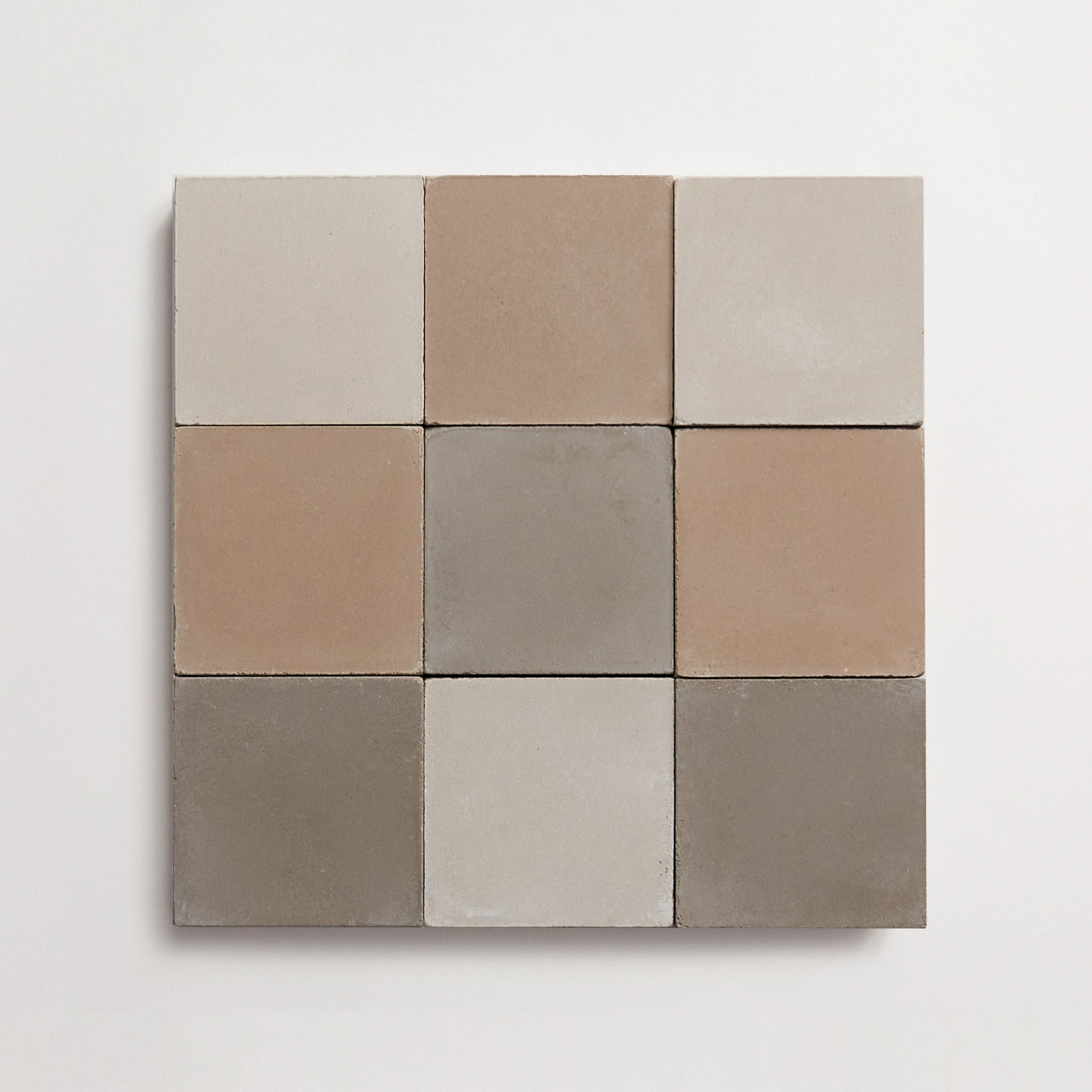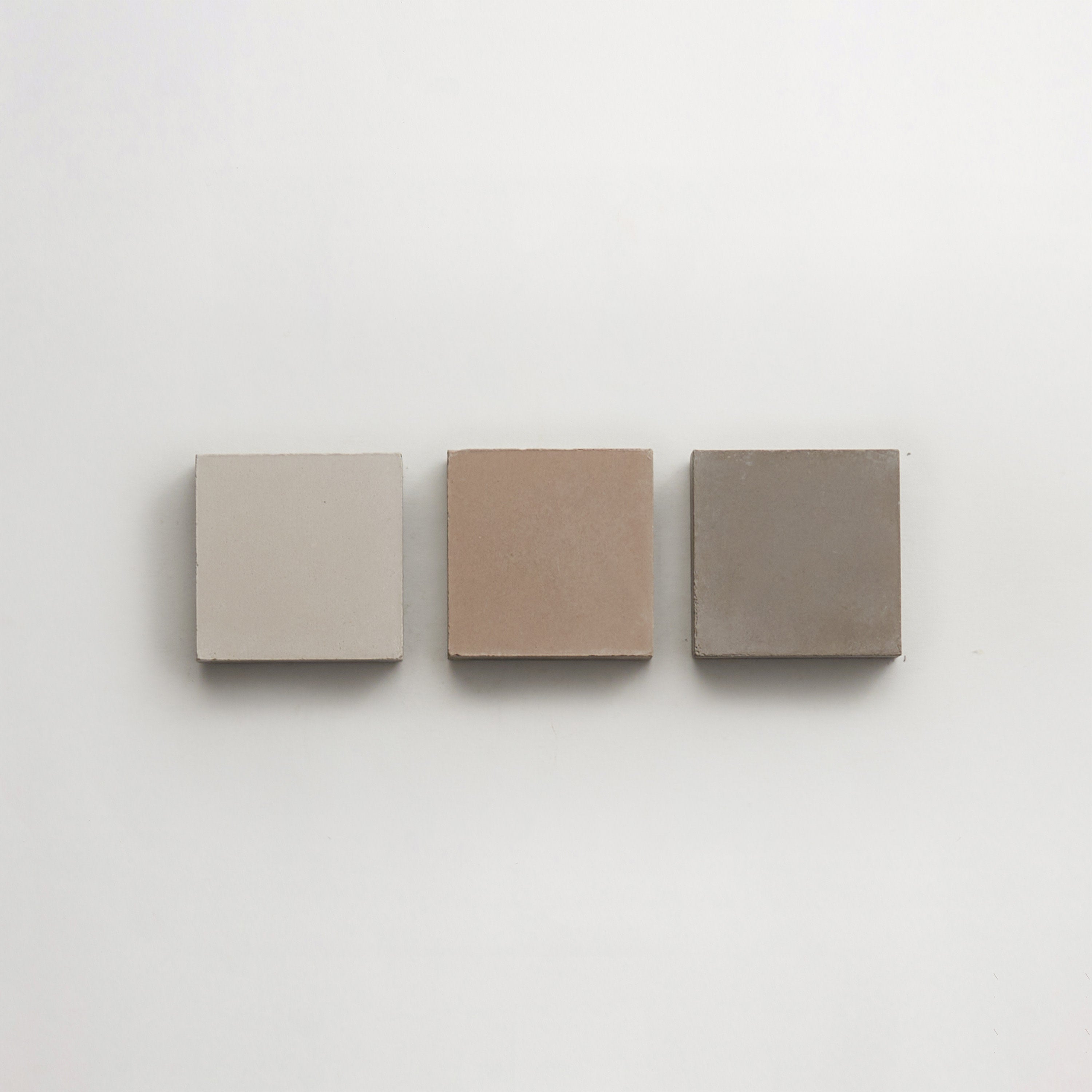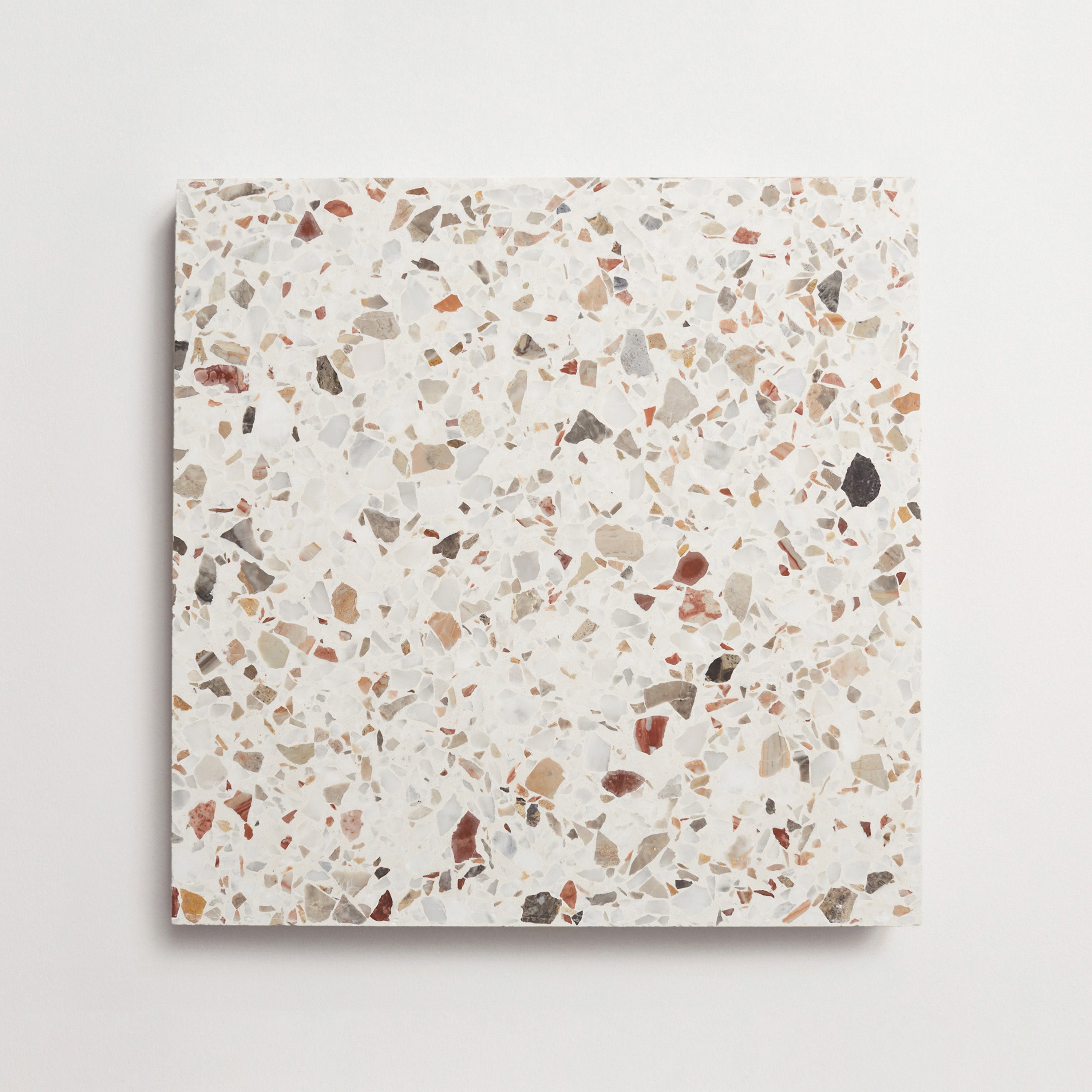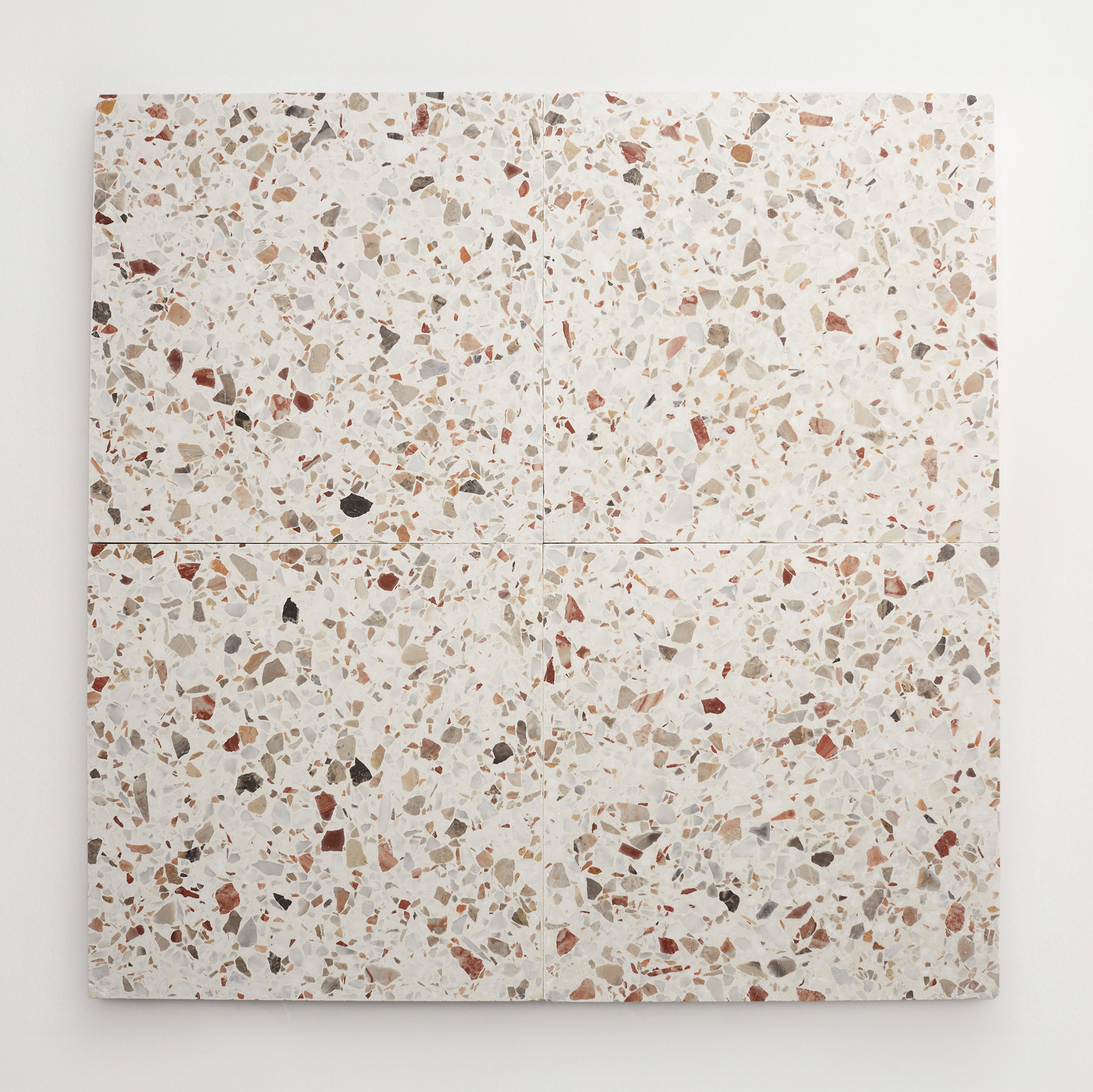your shopping cart is empty.

Brickworks, 4x8" Mason, Denali Stone
What is Hardscape Design? An Introduction to Hard Landscaping
As designers and landscape architects well know, hardscaping has the power to elevate outdoor spaces into carefully curated living spaces. At its core, it brings non-living elements such as stone, concrete, and brick into a coherent and inviting outdoor environment.
In this article, we will take you on a deep dive into hardscape design, its materials, and its various applications. Whether you’re a seasoned professional or a newcomer to this creative space, you’ll find that these hardscape elements complement nature’s softer touches beautifully.
What Is Hardscape Design?
Hardscape design is the art and science of incorporating inanimate materials into outdoor spaces to define boundaries and enhance functionality. In contrast to the living components such as plants and trees, hardscape elements are the enduring materials that form the backbone of any robust landscape design.
Materials may include cement, stone, brick, pavers, and other types of outdoor tile — each providing a distinct tactile quality and long-lasting durability. By merging functionality with aesthetics, hardscape design creates a visual narrative that celebrates structure while setting the stage for natural accents like flower beds, trees, and plants.
When you think of hardscaping, think about an outdoor kitchen with a tiled patio, a welcoming fire pit that’s a focal point for family gatherings, or a water feature that enhances the natural vibe of the yard. Each of these features serves a specific purpose while reinforcing the overall aesthetic of the environment.
What Is the Role of Hardscape in Outdoor Design?
Hardscape design is not just about placing rocks and bricks together; it is about creating harmony in outdoor spaces that is both functional and visually appealing. In other words, hardscaping is multifaceted and extends far beyond simple decoration. Let’s delve deeper into its three key roles.
Bringing Structure and Function to the Landscape
A well-conceived hardscaping project offers more than just an attractive layout. It brings a tangible structure to the outdoor space — a framework that supports additional features such as decks, pergolas, and outdoor kitchens.
Elements such as retaining walls, driveways, and walkways provide clear paths and boundaries, improving the flow of traffic and defining different areas within the property. Natural stone pavers, for example, often serve as the base for driveways and outdoor spaces, creating an organized yet natural transition between the built environment and the organic charm of a garden.
These features play a functional role, as well. Walls and paths, for example, prevent erosion, manage water drainage, and delineate areas for play, relaxation, and dining. And those are just two of many hardscaping ideas you might integrate into your project.
Blending Aesthetics with Practicality
Successful hardscape design marries aesthetics and practicality. Elements like brick patio flooring not only add visual appeal to a property but also bring practical advantages. (Traction, durability, and easy maintenance, to name a few.)
For instance, consider an outdoor fireplace or fire pit that becomes the centerpiece of a backyard gathering area. It not only offers warmth and ambiance during the cooler months but also enhances the space’s overall visual appeal with its artistic design and careful placement. An outdoor kitchen, meanwhile, can both inviting and functional — a popular choice among landscape architects and designers alike.
Whether it is a load-bearing stone wall or easy-to-maintain ceramic tile flooring, the focus with hardscaping remains on providing enduring value that complements the living aspects of the landscape.
Complementing Natural Elements
Hardscape is best appreciated when it exists in balance with the living components of the landscape. Rather than overpowering natural elements like plants, flowers, and trees, hardscape design aims to complement them.
A thoughtfully designed stone wall can frame a vibrant garden, for example, while a series of walkways can guide visitors through carefully curated flower beds and natural stone settings. By juxtaposing non-living elements with living ones, the overall design gains depth and character.
Mixing rugged hardscape features with the soft natural touches creates a dynamic interplay of textures and forms that is both inspiring and enduring. (For more on the distinctions between these two fields, see our hardscape vs landscape guide.)
Examples of Hardscape Design Elements
The beauty of hardscape design lies in its versatility. Below are a few essential elements that serve as the building blocks of a comprehensive hardscape strategy.
Walkways
Walkways are the veins of an outdoor space, providing clear, navigable paths that connect different areas of a yard or garden. Often made with pavers or tiles, walkways also add a decorative touch. Integrating thoughtfully designed walkways into the overall design is a subtle yet effective way to enhance both the form and function of the area.
Driveways
Driveways are another critical component of any hardscaping project. Aside from their obvious functional role of providing access, driveways help set the first impression of a property. Whether using brick, stone, or a combination of both, a well-designed driveway — even a small driveway — transforms a mundane entrance into a striking architectural feature.
Outdoor Stairs
Outdoor stairs are designed to navigate changes in terrain, providing safe and reliable access between varying levels in the landscape. Often integrated into pathways or as stand-alone features, outdoor stairs contribute a bold structural element to the design, offering both utility and an element of surprise in the architectural composition.
Courtyards and Garden Walls
Courtyards and garden walls are defined areas that bring formality and intimacy to an outdoor space. Whether enclosing a secluded seating area or highlighting a beautifully landscaped garden, these hardscape elements serve as both a practical barrier and a decorative focal point.
Water Features
Water features, ranging from elegant fountains to even fire features, add movement and sound to the landscape. They are often used as a focal point, drawing the eye and providing a sense of tranquility amidst the vibrant energy of a well-designed home. The visual and auditory impact of water elements can transform an ordinary yard into a luxurious outdoor living space.
Patios
Patios remain one of the most popular choices in hardscape design. Often constructed with tiled flooring, pergolas, and other features, patios provide a great place for outdoor dining, relaxation, and entertaining. They anchor the design of the outdoor space by seamlessly blending the home’s interior with its exterior environment, providing both comfort and aesthetic appeal.
Retaining Walls
Retaining walls play an essential role in managing many landscapes. They prevent soil erosion and establish level areas for planting or seating. Constructed of durable materials such as concrete, brick, or natural stone, they also serve as a strong visual element, often becoming the statement piece of a yard or garden.
Materials Used In Hardscape Design
A diverse array of materials is at the heart of hardscape design, and each material brings its unique texture, strength, and character to the overall landscape.
Concrete
Concrete is one of the most versatile and enduring materials used in hardscape design. From elegant patios and driveways to more subtle walkways, concrete provides structure and longevity. (It’s also often the foundation for many tiled surfaces.)
Stone
Stone is synonymous with natural beauty and timeless appeal. Whether you use slate for a stone wall or travertine pavers for a walkway, stone lends an organic quality to any design. You can also combine it with other hardscape materials like concrete to create an elegant contrast that enhances the space’s visual appeal.
Brick
Brick remains a popular choice in hardscape design because of its inherent warmth and texture. Designers often use it to construct patios, decorative walls, and even driveways. The enduring charm of brick provides a sense of tradition and solidity, establishing a feeling of security and comfort in the home environment.
Outdoor Tile
Outdoor tile, with its variety of designs and finishes, elevates the look of patios, courtyards, and other hardscape areas. Whether you opt for ceramic, stone, terrazzo, or something else entirely, it offers an extra layer of sophistication, setting the stage for an inviting outdoor kitchen or an elegant deck area. It also happens to lend durability, easy maintenance, and aesthetic appeal — three more things we love.
-
Ancient Scroll
-
Colore Frattura
:
-
Chromatope
-
4
" x
-
4
" x
-
⅛
"
-
sqft
/
$
-
Blanco
-
Dolce Vita Terrazzo
:
-
Torrone II
-
8
" x
-
8
" x
-
⅞
"
-
sqft
/
$
-
Peach Melba
-
Lido
:
-
Aperto
-
4
" x
-
16
" x
-
⅝
"
-
sqft
/
$















